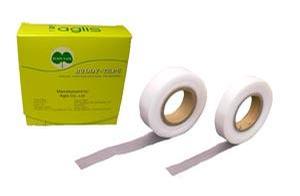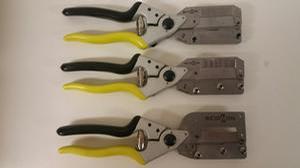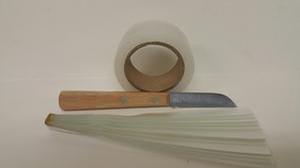
Click the following links for:
Pollination Charts Maturity Charts Chilling Hour Charts Rootstock Charts Hardiness Zone LookupGreat Companions for Malus rootstock 'Geneva® 11 clonal rootstock'
« Previous Tree
|
Next Tree »
![]() Print this page
Print this page
Geneva® 11 Dwarf Apple Rootstock
Malus rootstock 'Geneva® 11 clonal rootstock'
Geneva(R) 11 Dwarf Apple Rootstock, 1/4" caliper grade -EACH
Geneva(R) 11 Dwarf Apple Rootstock, 1/4" caliper grade -Bundle of 10
Geneva(R) 11 Dwarf Apple Rootstock, 1/4" caliper grade -Bundle of 25
- Summary
- Hardiness Zone & More
Geneva 11™ [35-45%] --- This new Geneva rootstock is notable for its excellent resistant to fire blight and crown rot. Very precocious and should always be supported. It is slightly smaller than EMLA 26.. Not widely available in the commercial fruit tree nursery trade because of its relative "newness", but would be one to work with in a grower's own nursery if the need is for fire blight resistance in a dwarf orchard. It does not appear to have the range of nursery problems that Geneva 30 does.
The Geneva rootstocks were all developed at Cornell University in New York. Since fire blight is such a serious challenge to commercial growers, their goal was to breed for fire blight and other disease resistance in the "CG" or "Cornell-Geneva" rootstocks. Almost all of the Geneva rootstocks have high fire blight resistance or immunity, and have proven to be excellent rootstocks for "re-plant" situations. Most backyard growers don't have to worry about "re-plant disease" since they don't have commercial orchard sites which may have been re-planted to apples numerous times.
Apples are probably the easiest trees to propagate. Grandpa recommends "chip" budding, which is easy to learn and highly successful. Since we cannot ship these early enough in the season, we do not recommend "bench grafting". You usually can start chip budding when your scionwood is mature and buds are developed and readily and easily cut and removed from your scion stick. Usually by August in most areas.
- Zone
- 4-8
- Categories
- Rootstock for Backyard Nurserymen,
- Tags


